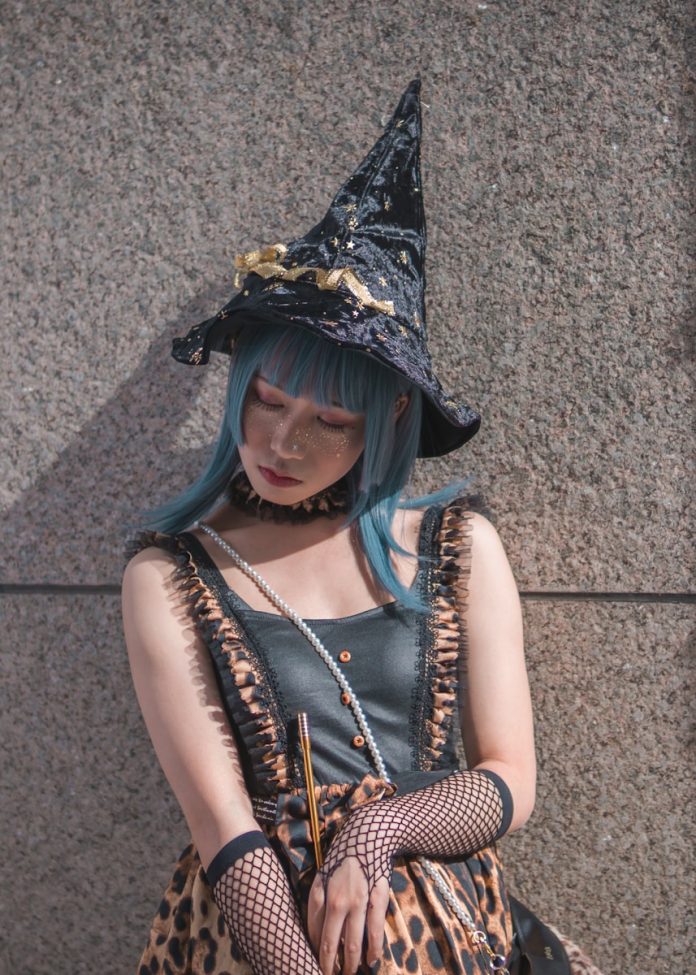A costume designer’s sketchbook is more than just a collection of drawings; it is a window into the creative process of one of the most essential aspects of live theater, film, and television production. Through sketches, fabric swatches, and notes, a costume designer meticulously crafts the visual representation of a character, often shaping not only how an actor looks but also how an audience perceives them. These sketches are the first step in an intricate process that turns concepts and ideas into tangible designs that tell a story, enhance performances, and transport audiences to entirely new worlds.
This essay delves into the vital role of a costume designer’s sketchbook, exploring how these sketches are not just tools for communication but works of art in their own right. It will examine the significance of these visual tools, how costume designers use them to develop characters and themes, and how they transform initial ideas into iconic costumes that can become as memorable as the performances themselves.
The Role of a Costume Designer
At the heart of every memorable production lies the costume designer’s vision. A costume designer is responsible for creating the costumes that define a character’s appearance and contribute to the overall atmosphere of a performance. The designer must take into account not only the physical and stylistic requirements of the period or setting but also the emotional and psychological state of each character.
A costume designer’s job is to provide the actor with a visual identity that aligns with the narrative. The costume must tell the audience something about who the character is, where they come from, what they desire, and what they fear. Through the careful selection of fabric, color, shape, and texture, a costume designer has the ability to convey essential information about a character without the use of a single word.
The design process begins long before the first costume is made or fitted; it starts with research, mood boards, and sketching. The sketchbook is where these initial ideas take root, where concepts are explored, and where the journey from page to stage or screen begins.
The Sketchbook as a Creative Tool
A costume designer’s sketchbook is far from a simple notepad. It is a visual diary that captures the evolution of a concept from its earliest stages to its final realization. These sketches are often the first way in which a costume designer communicates their vision to other members of the creative team, such as directors, actors, and production designers. They serve as a blueprint, a visual shorthand that encapsulates the designer’s interpretation of the script, the character, and the world in which they exist.
While some sketches are highly detailed and others are more abstract, the purpose of these early drawings is to explore possibilities and establish a foundation upon which the rest of the design can be built. A designer may create numerous versions of a single costume, refining each iteration until they achieve the right balance of character, functionality, and aesthetic appeal.
The sketchbook is also a space for experimentation. Designers may include fabric swatches, color samples, and notes about texture, all of which contribute to the sensory experience of the costume. The choice of fabric alone can tell a powerful story: soft silk may suggest wealth and luxury, while rough linen or tattered cloth may hint at poverty or struggle. These elements are just as important as the sketch itself and often appear alongside drawings to fully capture the designer’s vision.
Bringing Characters to Life Through Sketches
One of the most fascinating aspects of a costume designer’s sketchbook is the way it brings characters to life through clothing. A designer’s process starts with an in-depth analysis of the script and character breakdowns. For a costume designer, understanding the psychology of each character is as important as understanding the visual history of the period they are portraying. This step allows the designer to start forming a mental picture of each character’s physical attributes, personality, and arc.
For example, a character who is supposed to exude power and authority may be dressed in sharp, tailored clothing that suggests control, discipline, and status. On the other hand, a character who is struggling with self-esteem might wear clothing that is more subdued or disheveled, reinforcing their internal conflict.
The sketchbook allows the designer to explore these nuances in visual form. A designer may sketch a range of possible outfits, paying attention to details such as silhouette, color palette, and accessories. Through these drawings, the designer tests how each outfit might reflect the character’s evolution. A costume may start off plain and understated but gradually shift as the character undergoes a transformation. For example, a protagonist may wear modest clothing at the start of a story, but as they grow into their role, their costume may evolve to become more regal, colorful, or elaborate, signaling their character’s development and new sense of empowerment.
The interaction between character and costume is a dynamic one, and the designer must be aware of how their choices will resonate with the actor wearing the costume. Costume designers often meet with actors to discuss the character’s backstory and motivations before finalizing their designs. This collaboration ensures that the costume fits not only the character’s visual identity but also the physicality of the actor’s performance.
The Artistic Process: From Concept to Creation
Creating costumes is an intricate process, and the sketchbook plays a central role in the translation of ideas into reality. Once the designer has settled on a direction for each character’s costumes, the sketches begin to take shape in more detailed and refined forms. This is when the designer’s artistic skill comes to the forefront, as they translate abstract ideas into a visual language.
The sketches can range from highly detailed renderings of full costumes to simple outlines that focus more on silhouettes and proportions. Some costume designers are known for their highly polished, detailed illustrations, while others prefer a more minimalistic approach that emphasizes the essence of the design. Regardless of the style, the primary purpose of the sketch is to communicate the costume’s look and feel, along with any key details such as fabric choices, color schemes, and accessories.
Once the sketches are complete, the designer works closely with a team of seamstresses, fabricators, and other production staff to bring these ideas to life. The sketchbook remains a vital tool during this stage, as it provides a visual reference for the construction of the costumes. The designer may make adjustments along the way, ensuring that the final piece aligns with their original vision while also accommodating the practical needs of the performance.
The Power of the Sketchbook in Modern Costume Design
While technology has increasingly become a part of the costume design process, with digital rendering tools and software now available to designers, the traditional sketchbook remains an indispensable tool for many designers. The act of sketching by hand allows the designer to maintain a personal connection to the work and to explore ideas in a more organic way. The fluidity of the hand-drawn sketch allows for rapid experimentation and refinement, making it easier for the designer to iterate on concepts and find the most effective visual representation of the character.
Furthermore, the sketchbook is an intimate and personal space for the designer. It is often filled with notes, thoughts, and ideas that might not be immediately apparent in the final design but are crucial to understanding the designer’s thought process. These sketches often reveal the trial-and-error nature of costume creation—showing the progress from initial concepts to polished designs.
In the world of theater and film, where costumes can become iconic symbols of a character or a story, the designer’s sketchbook holds significant artistic and historical value. These drawings may be framed and displayed in galleries, published in books, or archived for future generations to study. The sketches become a permanent record of the designer’s contribution to the production, capturing the very moment when a character was first brought to life through clothing.


